Sculpture
1/98
There's no tags or description
Looks like no tags are added yet.
Name | Mastery | Learn | Test | Matching | Spaced |
|---|
No study sessions yet.
99 Terms
Sculpture
The art of fashioning figures of wood, clay, plastics, metal, stones, etc. Figures that are carved, cut, or modeled from such materials.
Additive process
A sculpting process in which the artist builds a form by adding material, such as clay.
Subtractive process
A sculpting process wherein materials are removed or subtracted to create form, as in carving.
Carving
The process in which the artist subtracts, or cuts away, superfluous material until the desired form is reached. This process of sculpting has been known to date from prehistoric times.
Modeling
The sculpting process mainly consists of addition to, or building up of, form. The materials used are soft and yielding and can be easily shaped enabling rapid execution.
Casting
A manufacturing process by which a liquid material is (usually) poured into a mold, which contains a hollow cavity of the desired shape, and then allowed to solidify.
Construction and Assemblage
Additive process in sculpting which uses found objects or materials combined to create desired form.
Relief sculpture
Raised forms that project from a background or a surface. It is made to be seen only from one side or from an angle.
Low-relief
Also known as bas relief or basso-relievo. The projecting figure is closer to the surface and no part is entirely detached from the background.
High-relief
Also haut relief or alto-relievo. Figure may almost be detached from the background from the surface.
Half-relief
Also called demi relief or mezzo-relievo. It is between low and high relief.
Crushed relief
Also known as relievo stiacciato. It is the lowest degree of relief in which the projection barely exceed the thickness of a sheet of paper.
Hollow relief
Also called cavo-relievo. It is a relief in reverse, in which all the carving lies within a hollowed-out area below the surface plane.
Sculpture in the round
A freestanding sculpture and is often on a pedestal or base. This is made to be seen from many directions and angles, and must be fully developed from all points of view.
Statue
Representationalist sculpture depicting a sepcific entity, usually a person, event, animal, or object.
Bust
Representation of a person from the chest up.
Equestrian statue
A statue of a rider mounted on a horse.
Assemblage
A sculpture constructed from found objects. It usually does not disguise the original objects used, rather it either tries to show them in a new light, or forms a figurative sculpture rather than a collection of shapes.
Venus of Vestonice
The oldest known ceramic figurine, depicting a statuette of a nude female figure.

Tell Asmar Statues
A collection of twelve votive statues, discovered in 1934 at the site of Tell Asmar. They are of men and women with large staring eyes, upturned faces, and clasped hands, dressed in the skirts of the Early Dynastic Period of Mesopotamia.
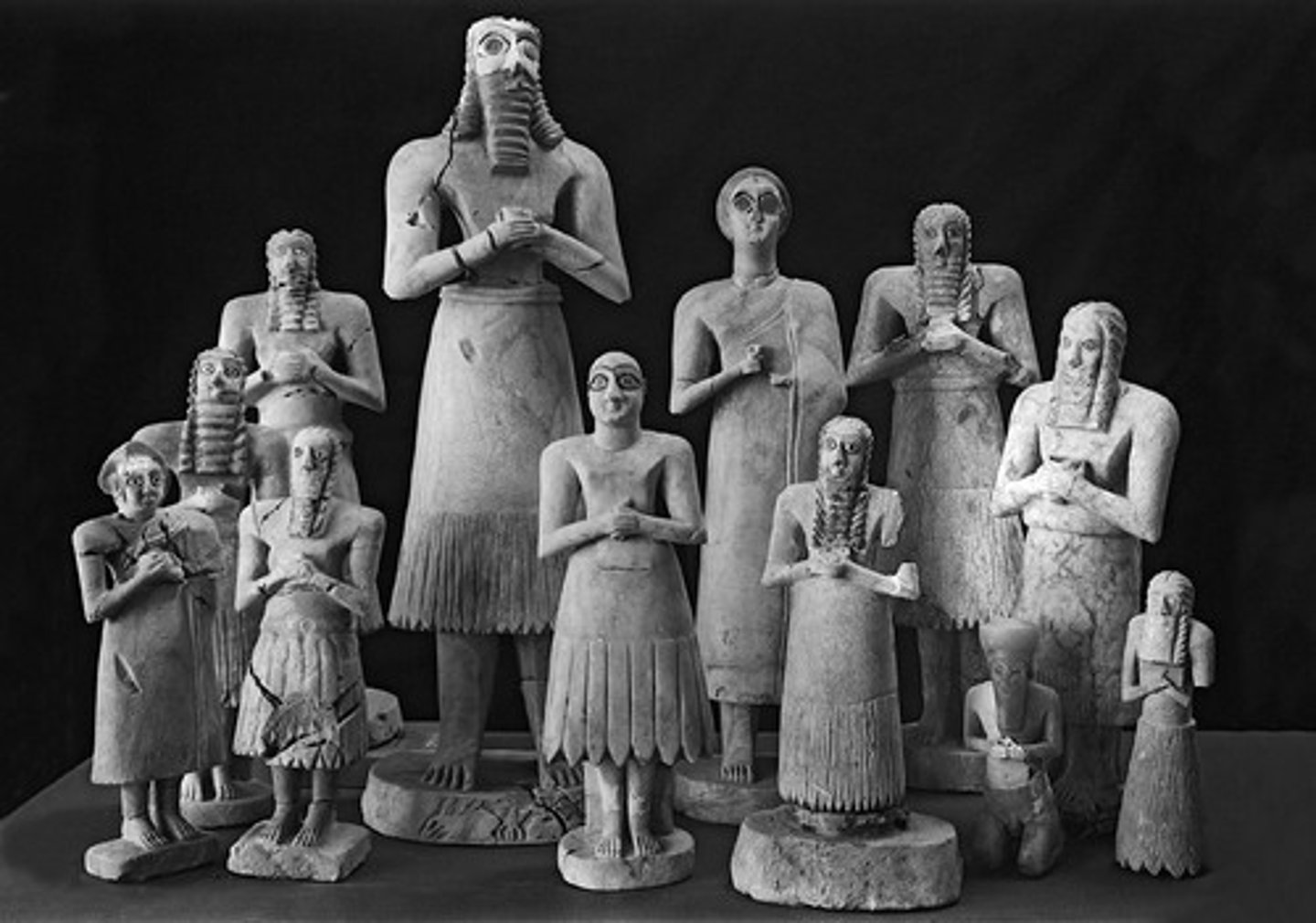
The Lion Hunt of King Ashurbanipal
Reliefs depicting captured lions and lionesses being released from cages to do battle with the Mesopotamian King. It is one of the most captivating works of art from antiquity.
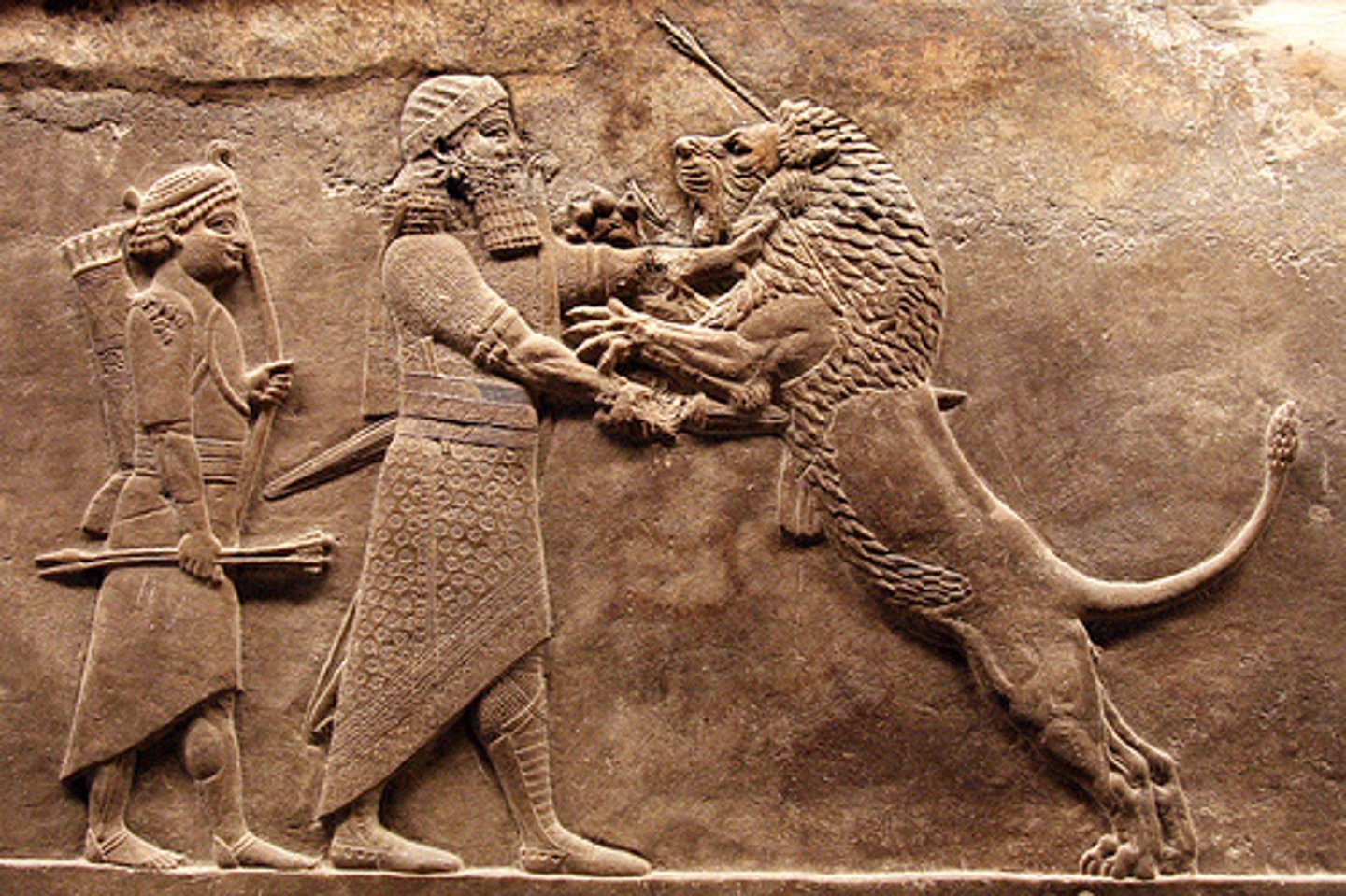
cylinder seals
Seals usually made of metal that has designs engraved or embossed on it, rolled on to freshly prepared surfaces that retain its design.
Lamassu
Assyrian guardian in the form of a man-headed winged bull.
Law of Frontality
This convention of sculptures in the Egyptian period decrees that the body of the figure in the round must not be twisted in any way. The face must look straight ahead and each side must be exactly like the other although the hand and feet could be in a different position.
Palette of King Narmer
This object depicts the unification of Upper and Lower Egypt into the "Kingdom of the Two Lands" under the divine king. This object is a ceremonial palette used in the ritual of mixing and applying the King's eye makeup.

Sphinx
A mythical Egyptian beast with the body of a lion and the head of a human.
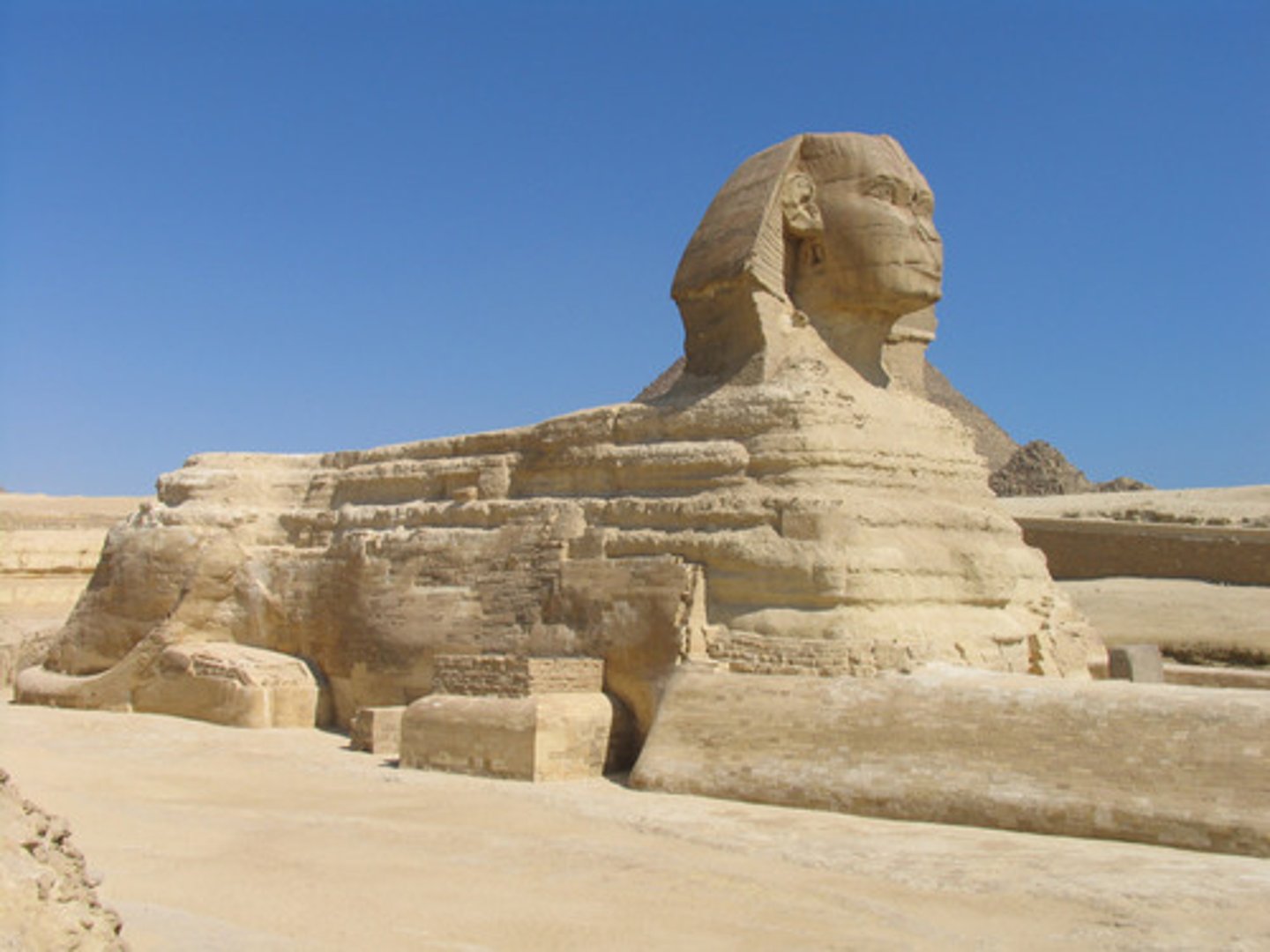
Akhenaton and Nefertiti
Incised Egyptian relief sculpture depicting the Sun king, his queen, and their daughters.
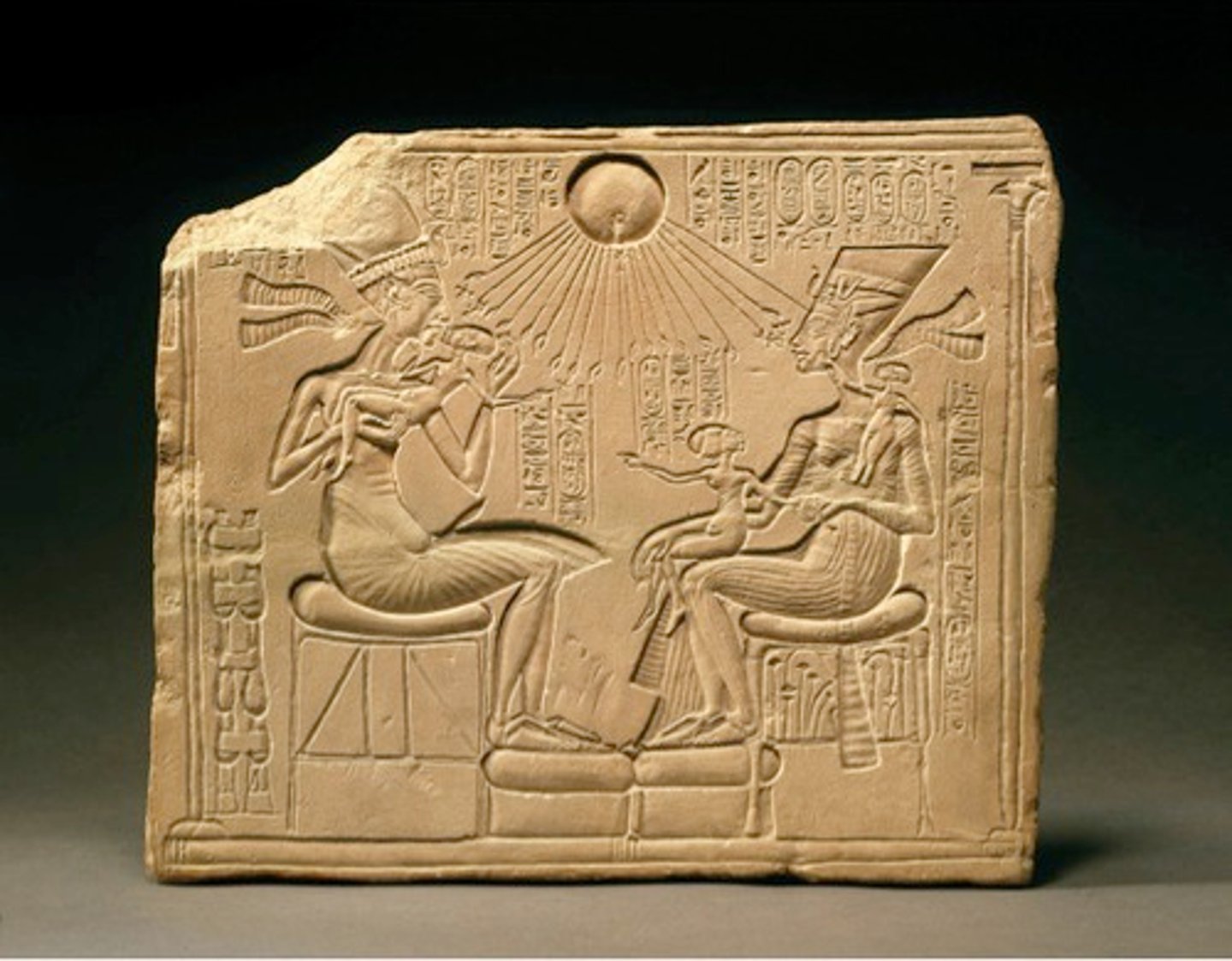
Snake Goddess
Minoan sculpture-earthenware with quartz based glaze over it. This glaze gives a shiny, colorful appearance. She is probably some sort of earth goddess.
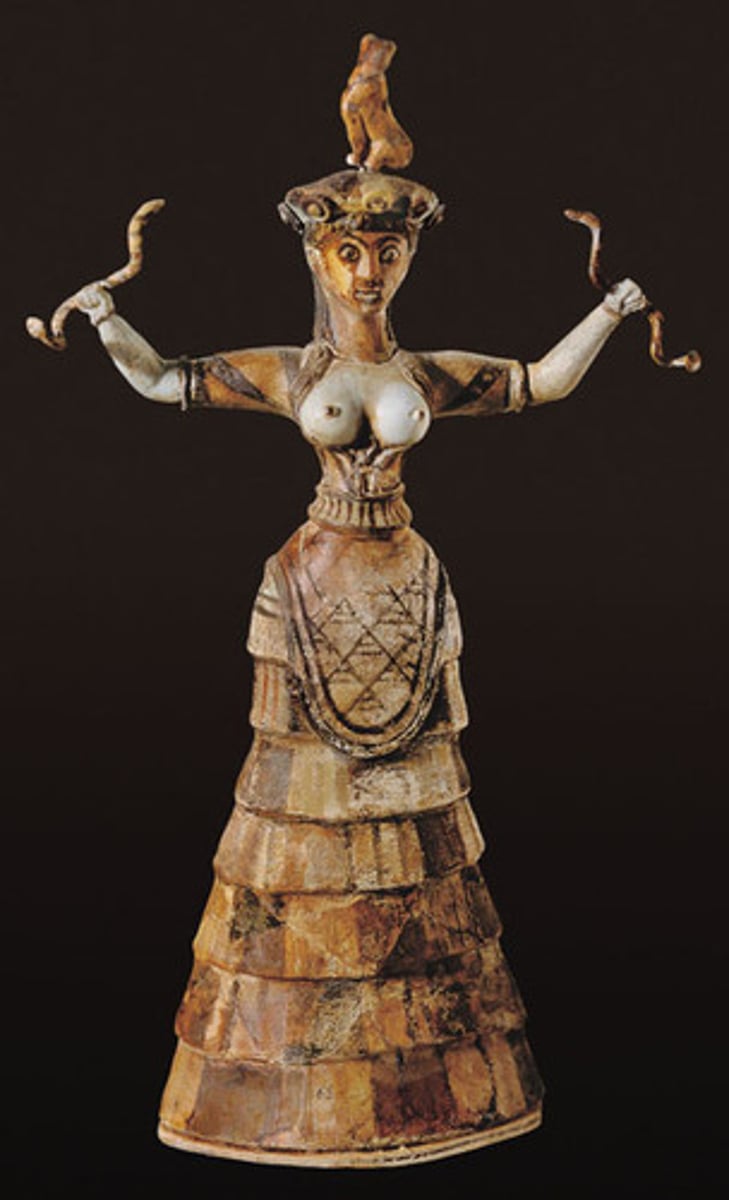
Daedalic style
The Greek Orientalizing sculptural style named after the legendary artist Daedalus. A clay mold technique mainly for frontal figures; typified by a front facing ahead, flat and triangular in outline and long formless bodies.
Korous
An archaic Greek sculpture of a standing male.
Kore
An archaic Greek statue of a young woman, standing and clothed in long loose robes.
Archaic smile
The smile that appears on all Archaic Greek statues from about 570 to 480 BCE. The smile is the Archaic sculptor's way of indicating that the person portrayed is alive.
Severe style
Early phase of Classical sculpture characterized by reserved, remote expressions. This was the beginning of the exploration of inner character and emotions of the subjects.
Contrapposto
A style of Greek sculpture where people are depicted standing and leaning so that the person's weight is being put on one side. People are depicted with their bodies curved like an "S"
Kritios Boy
Early Classical Sculpture made of marble depicting a Kritian Boy.
Doryphoros
Spear Bearer sculpture by Polycleitus of Argos illustrating his theories on the human form and the idealized man.
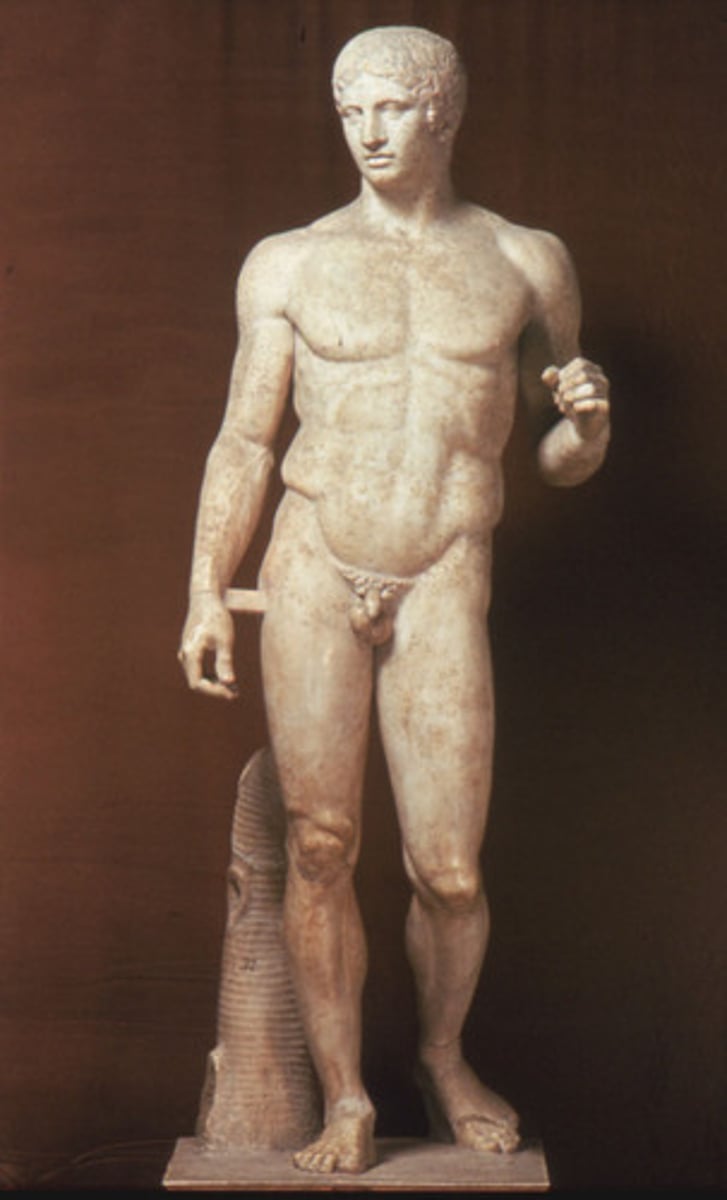
Aphrodite of Knidos
Praxitelean sculpture; the first great female nude.

Mausoleum at Halicarnassus
A white tomb built for the Persian King Mausolus by his wife Artemisia; it was a 135 foot tomb and was destroyed by an earthquake.
Venus de Milo
A Hellenistic statue of Venus by Alexandros of Antioch, famous for its beauty, though tis arms were broken off centuries ago. The statue is now in the Louvre.
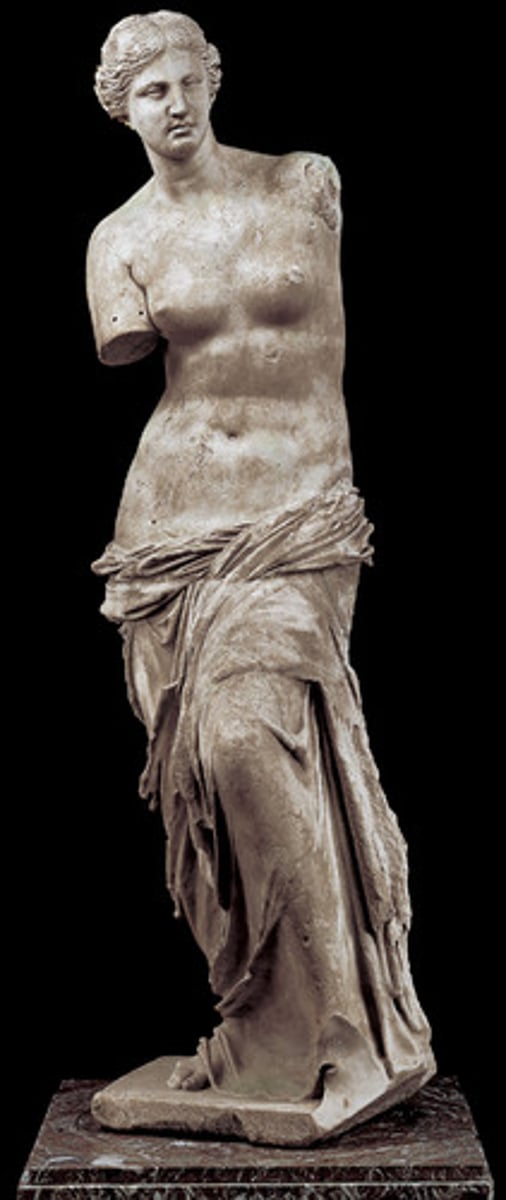
Discobolus
Hellenistic statue of a discus thrower by Myron.

Laocoon and His Sons
Hellenistic style statue depicting one son breaking free from the snakes, and looks across to see his father and brother in their death agonies.
Winged Victory of Samothrace
Votive monument originally found on the island of Samothrace, north of the Aegean Sea. It is a masterpiece of Greek sculpture from the Hellenistic era, dating from the beginning of the 2nd century BC.
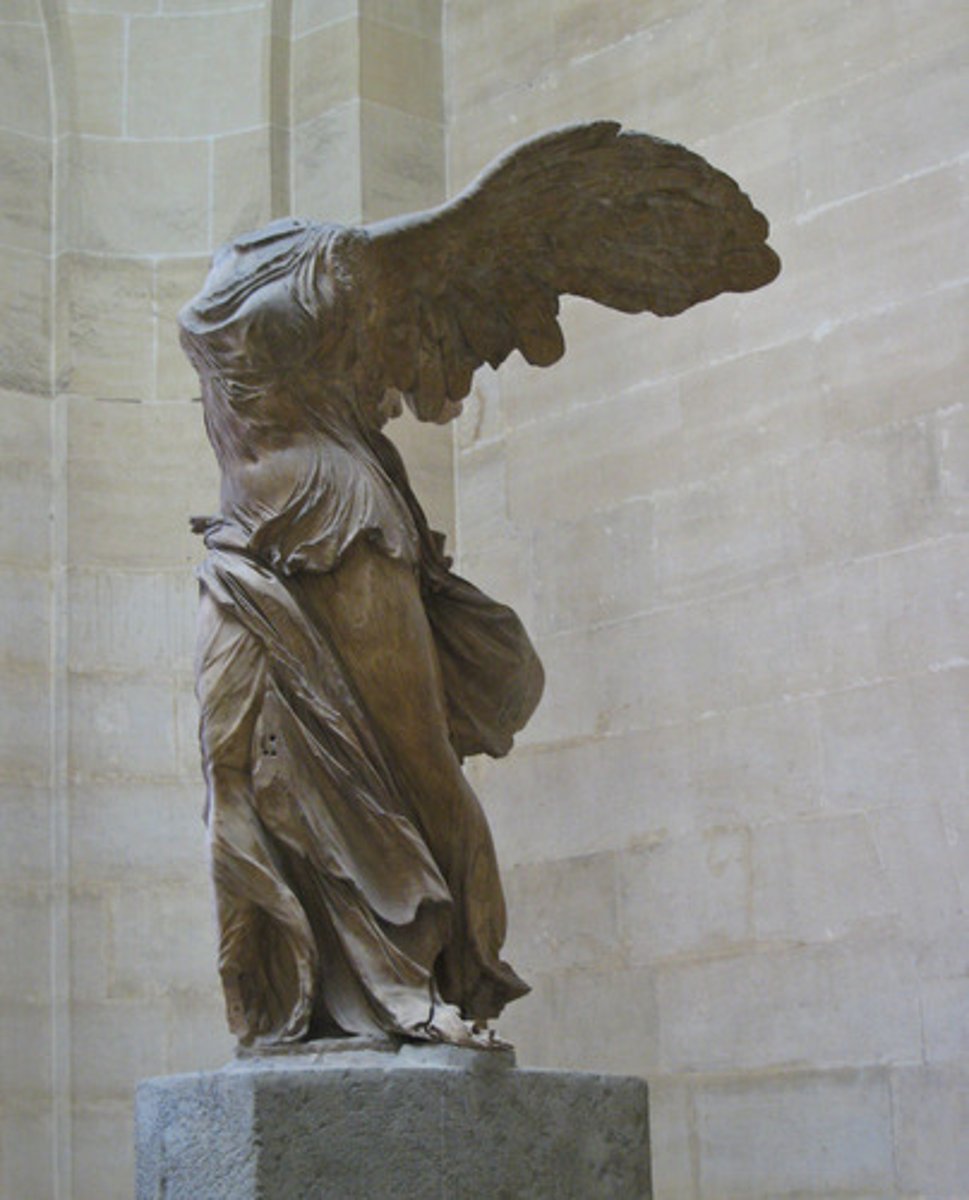
Myron
This Greek sculptor created Discobolus, an idealized portrayal of an athlete. He was famous for the boldness of which he fixed moments of violent action in bronze.
Phidias
The greatest name in Greek sculpture. He designed and directed the building of the Parthenon and the statues of the gods which initiated the Greek Classical style of art. His greatest achievement was the Athena Parthenos in Athens and Zeus at the temple of Olympus.
Zeus Chryselephantine
This was a chryselephantine Zeus sculpture of ivory plates and gold by Phidias panels on a wooden framework. Zeus sat on a painted cedarwood throne ornamented with ebony, ivory, gold, and precious stones. It was located in the Temple of Zeus.
Athena Promachos
A colossal bronze statue of Athena sculpted by Phidias, which stood between the Propylaea and the Parthenon on the Acropolis of Athens.
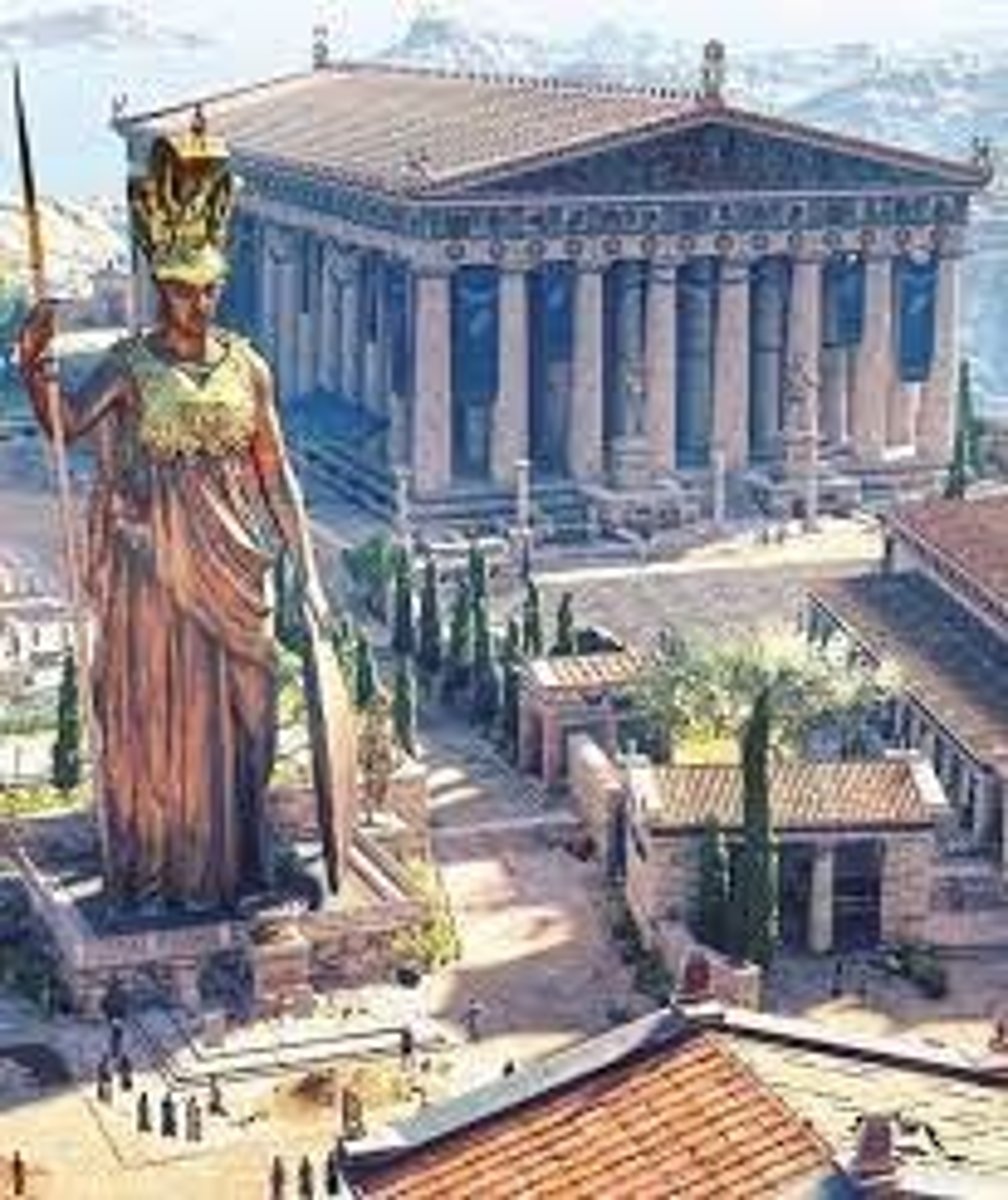
Elgin Marbles
Sculptures from the pediments and metopes and interior architraves of the Parthenon by Phidias.
Polykleitos
One of the most admired sculptors of the Classical Period. His aim was to depict people as they were. He used a scale of proportions known as the canon.
The Canon of Polykleitos
This states that the palm of the hand is 4x the breadth of the finger, the length of the foot is 4x the breadth of the palm, the breadth of the shoulders is 4x the breadth of the head and the height of the figure is 7x the length of the head.
Diadumenos
The fillet binder; it forms a basic pattern of Ancient Greek sculpture that all present strictly idealized representations of young male athletes in a convincingly naturalistic manner.

Praxiteles
This Greek sculptor's style always set him above the other sculptors of his time as he always tried new techniques to make his artwork ripple with life and luminous.
Praxitelian curve
Exhibiting exaggerated contrapposto. Sensuous modeling of the body with a serene unmistakable gaze.
Hermes with the Infant Dionysus
Sculpted by Praxiteles; the statue group represents the period following Dionysus' birth from Zeus' thigh, when the king of the gods handed the infant to Hermes in order to protect Dionysus from the wrath of Hera.

Lysippus
Modified the canon by using smaller heads for his figures and broke frontal tradition. Personal sculpture of Alexander the Great.
Lost wax method
A bronze-casting method in which a figure is modeled in wax and covered with clay; the whole is fired, melting away the wax and hardening the clay, which then becomes a mold for molten metal.
Negative relief
A technique of undercutting with a drill around the figure rather than modelling them in rounded form producing a strong but flattering contrast of light and darkness.
Nicola Pisano
Sculptor who leaned towards the combination of Classical and Gothic. Crowding of figures typical of earlier styles. Distortion of figures.
Giovanni Pisano
Figures made by this sculptor are more slender. It had elegance and space not found in earlier styles. Intensity of feeling typical of Northern late-Gothic styles. Relief tilted towards the viewer, for greater impact.
Leon Battista Alberti
This Renaissance sculptor gave practical and theoretical lead to painters and sculptors, giving them not only perspective formulas and proportional canons but also principles of style.
Lorenzo Ghiberti
He developed Renaissance sculpture from its previous Gothic styles. His works demonstrated his knowledge and mastery of the laws of scientific perspective. His most notable of his works was the Gates of Paradise.
Gates of Paradise
Famous golden doors of landmark Baptistery of St. John, with panels depicting Biblical scenes by Lorenzo Ghiberti.
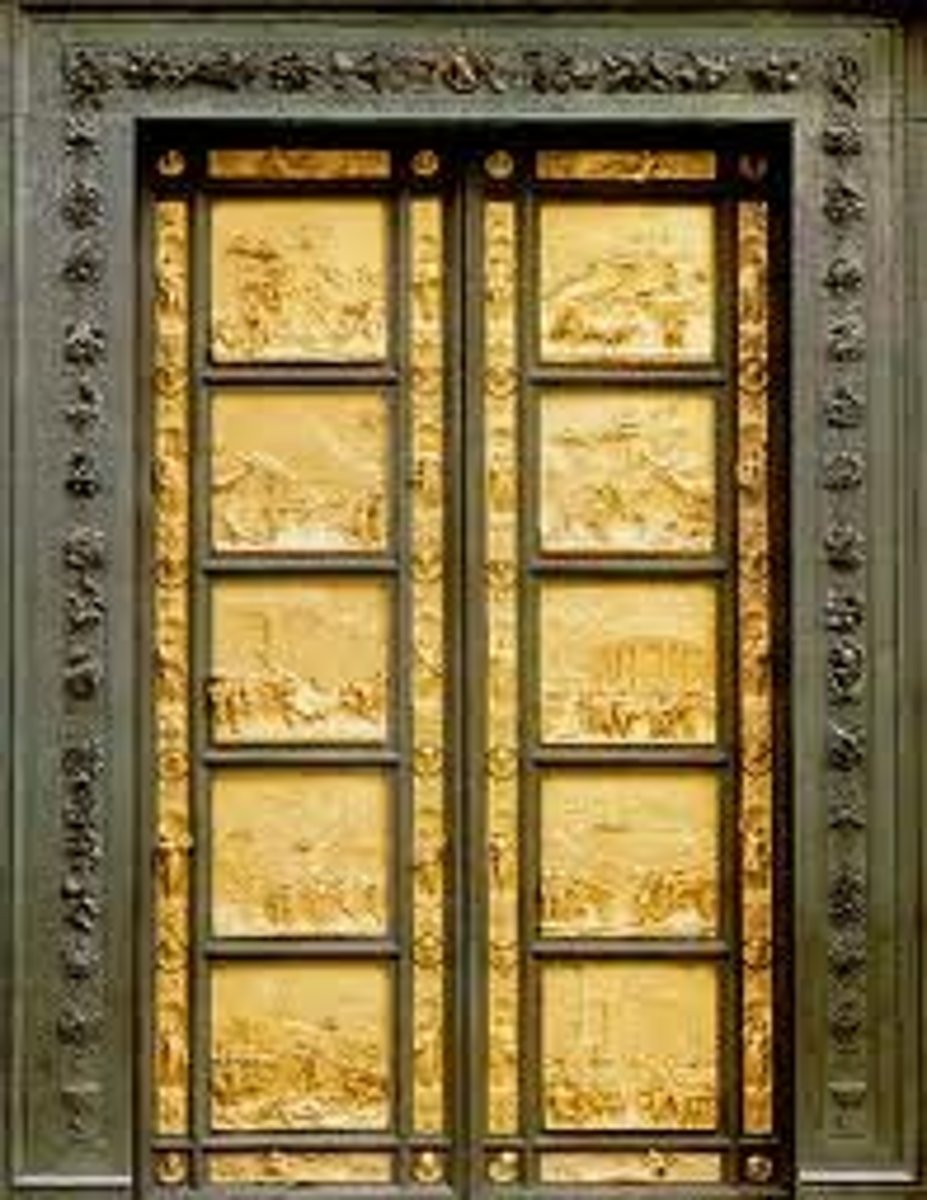
Jacobo della Quercia
Renaissance sculptor of great and sensitive talent. Hesitated between the classical and non-classical but eventually found a classical coherence that would impress Michelangelo Buonarotti.
Donatello
The greatest sculptor of the Early Renaissance. His greatest achievement is the bronze David which was the first major work of Renaissance sculpture, and at the time of its creation, was the first free-standing nude statue since the ancient times.
Andrea de Verocchio
An influential sculptor, goldsmith, and painter of the Renaissance. He created an equally underage but modestly clad version of David, as opposed to Donatello's.
Michelangelo
He is considered to be the towering genius in sculpture, not only in the Renaissance but also of all time. He carved the first monumental sculptures of the Renaissance, the Pieta as well as David.
Pieta
A sculpted representation of the Virgin Mary mourning over the body of the dead Christ by Michelangelo.
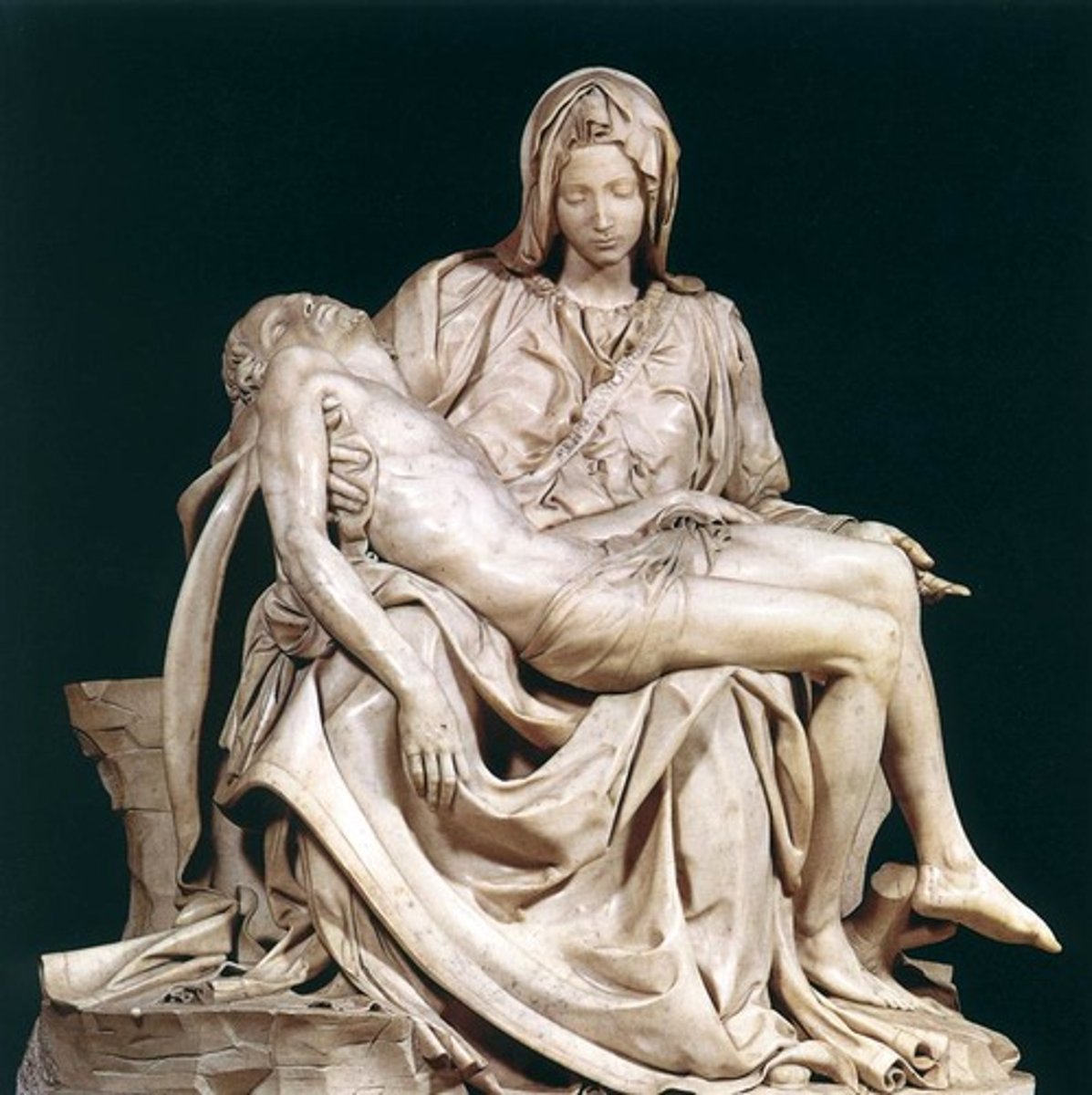
Mannerist Sculpture
Supplanted the Renaissance style; Made a virtue of complexity, distortion and artifice. There was a focus on the human form, a depiction in intricate poses and in exaggerated and not always realistic settings.
Benvenuto Cellini
Said to be an artist of genius who was known to have a terrible character. Carried out works inspired by drawings of Leonardo, Michelangelo, Rafaello, among others. The Medicis were his patrons.
Giambologna
Mannerist sculptor who created his personal style around an elegant and carefully studied formalism with refined and dynamically balanced figures; excelled in the creation of fountains. One of his works is The Rape of the Sabine Woman.
Gian Lorenzo Bernini
An outstanding Italian Baroque architect and sculptor, famous for Saint Peter's Basilica, the Ecstasy of St. Teresa, Cathedra Pietri. Strong interplay of light and shadows characterizes his work.
Clodion
Said to be the greatest of the Rococo sculptors. He worked mostly in terracotta and his preferred subject matters being nymphs, satyrs, bacchantes, and other classical figures sensually portrayed.
Etienne Maurice Falconet
Belonged to the first generation of artists born in the 18th century and active under Louis XV. Combined Baroque and classical elements and his forte was gentle erotic figures. One of his works was the Bather.
Antonio Canova
Said to be the greatest Italian sculptor of modern times. Became famous for his marble sculptures that delicately rendered nude flesh. Some of his works include Theseus and Minotaur and Cupid and Psyche.
Berthel Thorvaldsen
His works were inspired by the antique and he was so famous in his day for his works that a special museum was built in Copenhagen as a memorial to him. He was the first internationally acclaimed Danish artist.
Hilaire Germaine Edgar Degas
Foremostly a French painter. Most famous works consisted of ballet dances, women bathing, and racehorses. Just like in his paintings, he aimed to catch the action of the movement. Disliked painting directly from nature, preferring to work in the studio, and had little interest in landscape, instead concentrated on the human figure.
Little 14 Year old Dancer
A sculpture begun c. 1880 by Edgar Degas of a young student of the Paris Opera Ballet dance school, a Belgian named Marie van Goethem.

Auguste Rodin
Considered as the towering sculptor of the 19th Century, no sculptor has made such an impact since Bernini, comparable to contemporary impressionist, he centered on anatomy.
The Thinker
Statue of man lost in deep thought by Auguste Rodin.
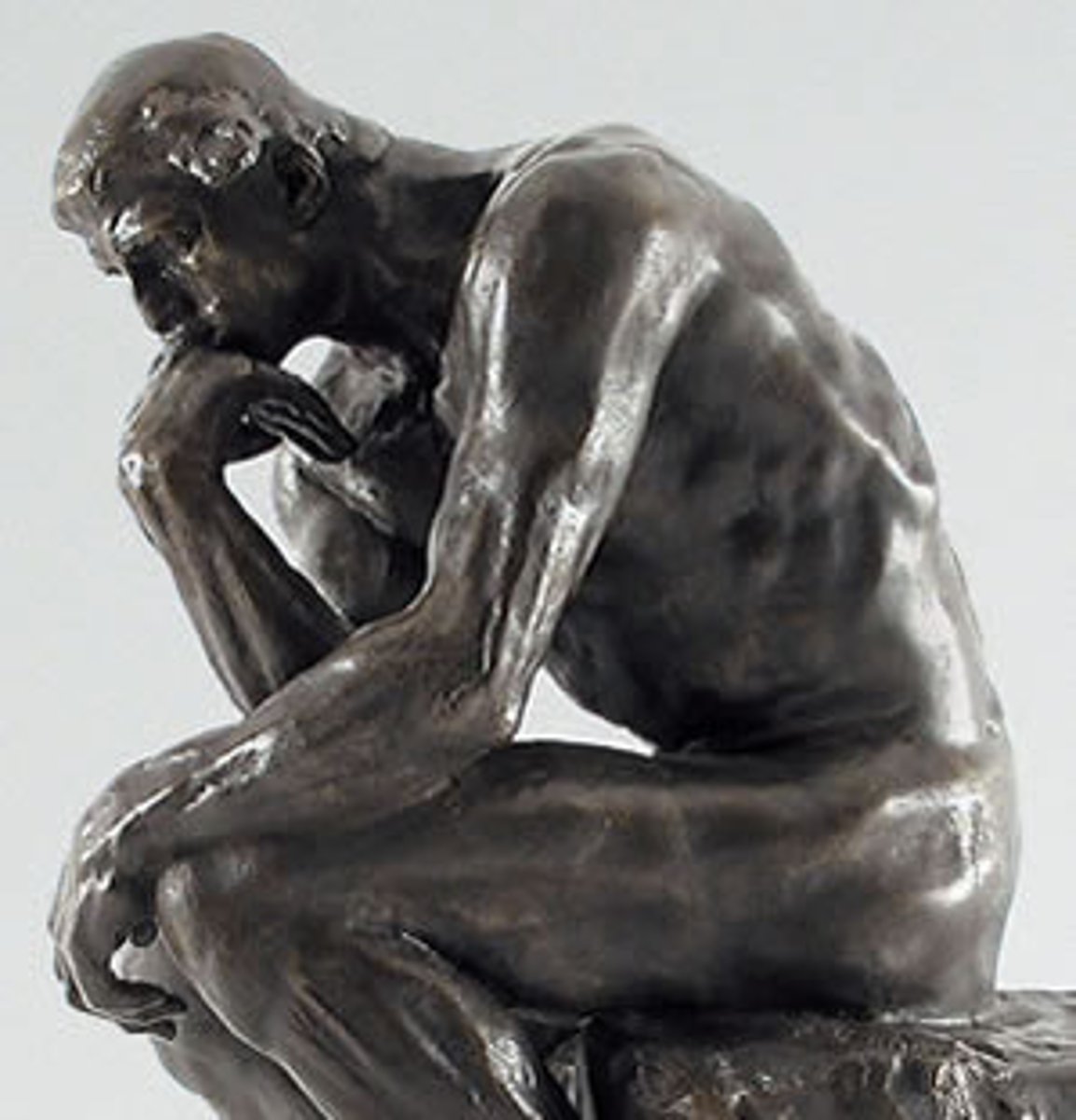
The Gates of Hell
A monumental bronze sculptural group work by French artist Auguste Rodin that depicts a scene from the Inferno, the first section of Dante Alighieri's Divine Comedy.
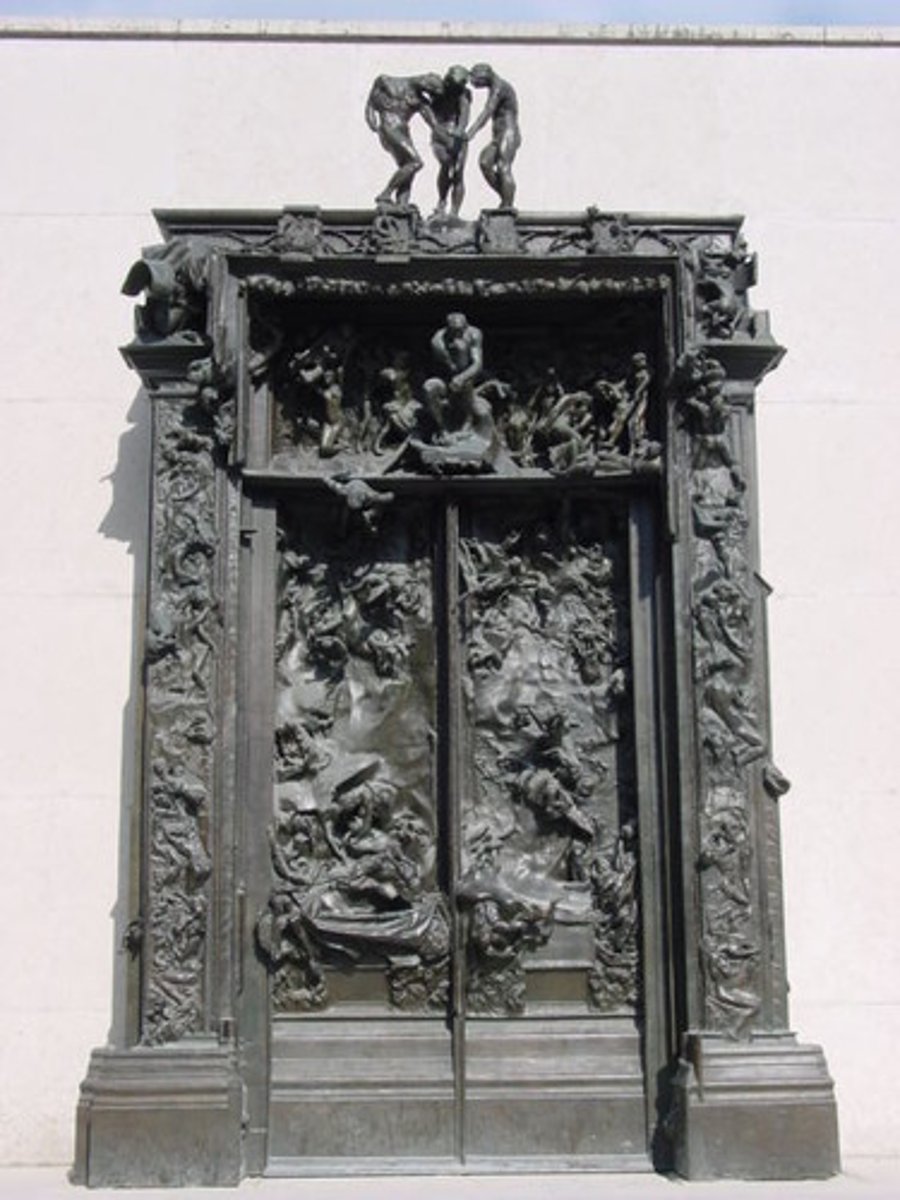
Pablo Picasso
Revolutionized art of sculpture in the 20th Century when he began creating his constructions, fashioned by combining disparate objects and materials into one constructed piece of sculpture.
Constantin Brâncuși
A Romanian sculptor known for "The Kiss", "The Newborn", and "Bird in Space". He has a revolutionary mode of sculpture - truth to materials, abandoned modeling in favor of direct carving.
Sleeping Muse
A bronze sculpture created by Constantin Brâncuși in 1910. It was originally carved from marble using Baroness Renée-Irana Frachon as the model.
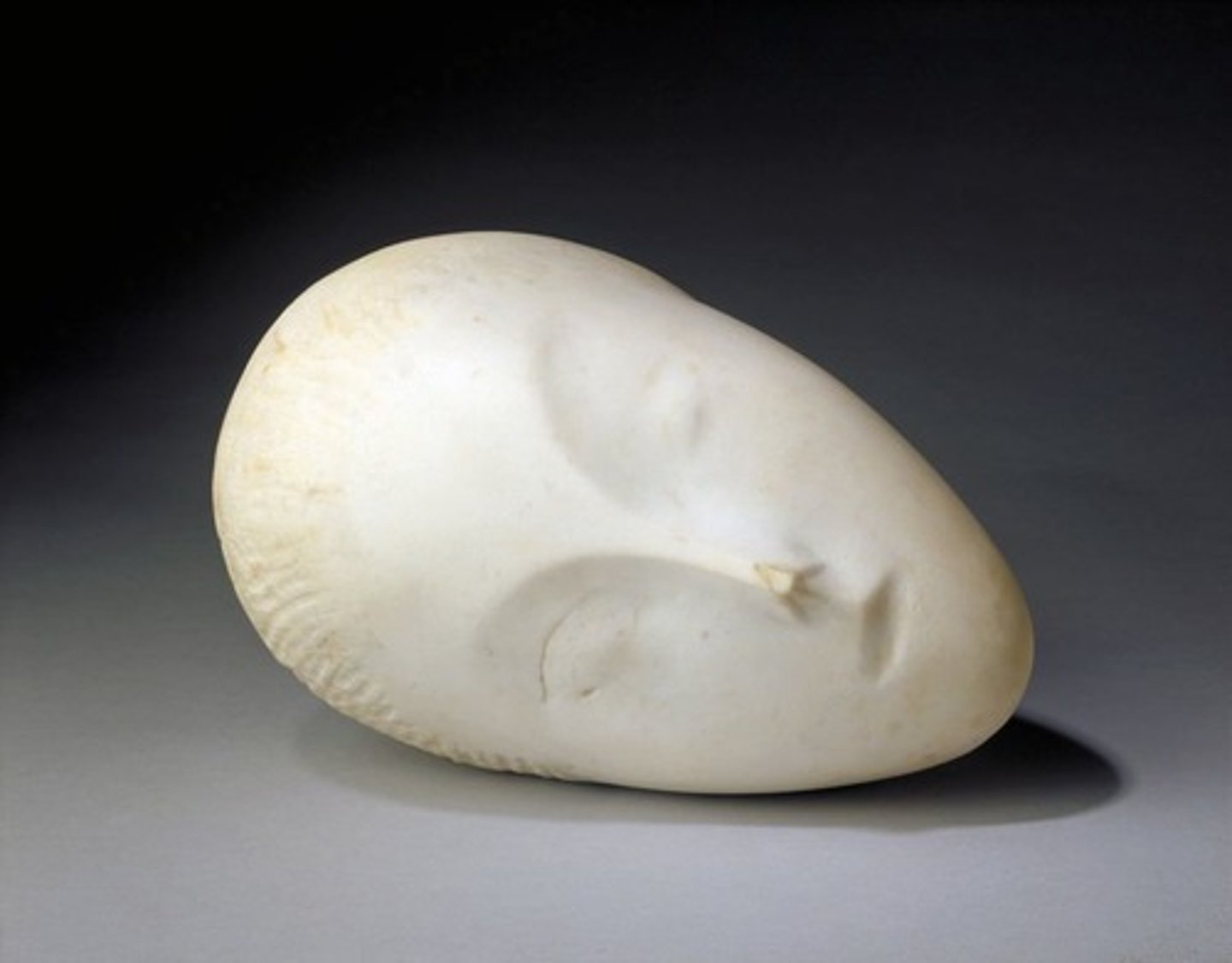
Henry Moore
English sculptor widely known by the 1930, his international reputation was secured when he won the Sculpture Prize in 1948 at Venice. Best known for his large abstract bronzes, he is considered the greatest of modern English artists.
Mother and Child
This sculpture is one of a group of small bronzes made by Henry Moore during the early 1950s that focus specifically on the relationship between mother and child.
Germaine Richier
She created a personal mythology with something of the same elemental, universal quality, though the general public found her work shocking. She used traditional anatomies are savaged or decomposed in places.
Storm
A large bronze sculpture by Germaine Richier of a naked male figure presented on a thin rectangular base. The man has a broad physique, with a large belly and a wide, deep navel.

Alberto Giacometti
A Swiss sculptor, painter, draftsman and printmaker. He is one of the most important sculptors of the 20th century. Worked on human figure, from life and then from memory.
L'Homme au doigt
A bronze sculpture by Alberto Giacometti, depicting a pointing man, that became the most expensive sculpture ever when it sold for US$141.3 million on 11 May 2015. Giacometti made six casts of the work plus one artist's proof.

The Kandarya Mahadeva Temple
It is the largest and most ornate Hindu temple in the medieval temple group found at Khajuraho in Madhya Pradesh, India. Conceived as a sculpture. Colossal monolith encrusted with sculptured forms.
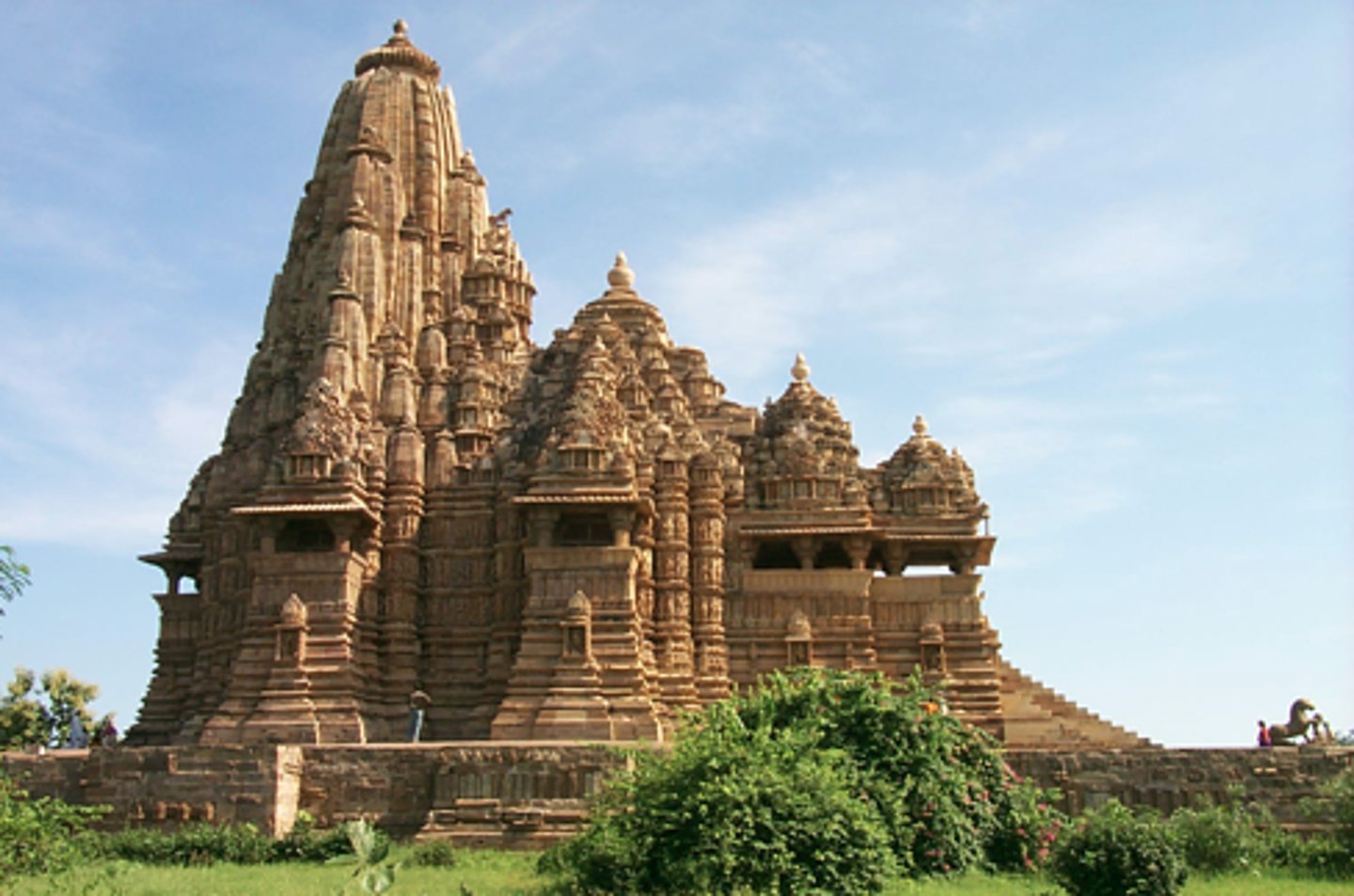
Yesseria
A deep relief technique done in plaster or stucco introduced by the Moors.
Guillermo Tolentino
Father of Philippine Sculpture; Classical Philippine Sculpture reached its peak with his works, due to his training in classical sculpting in Rome.
Bonifacio Monument
A memorial monument in Caloocan, Philippines which was designed by National Artist Guillermo Tolentino to commemorate the Philippine revolutionary Andrés Bonifacio, the founder and Supremo of the Katipunan.
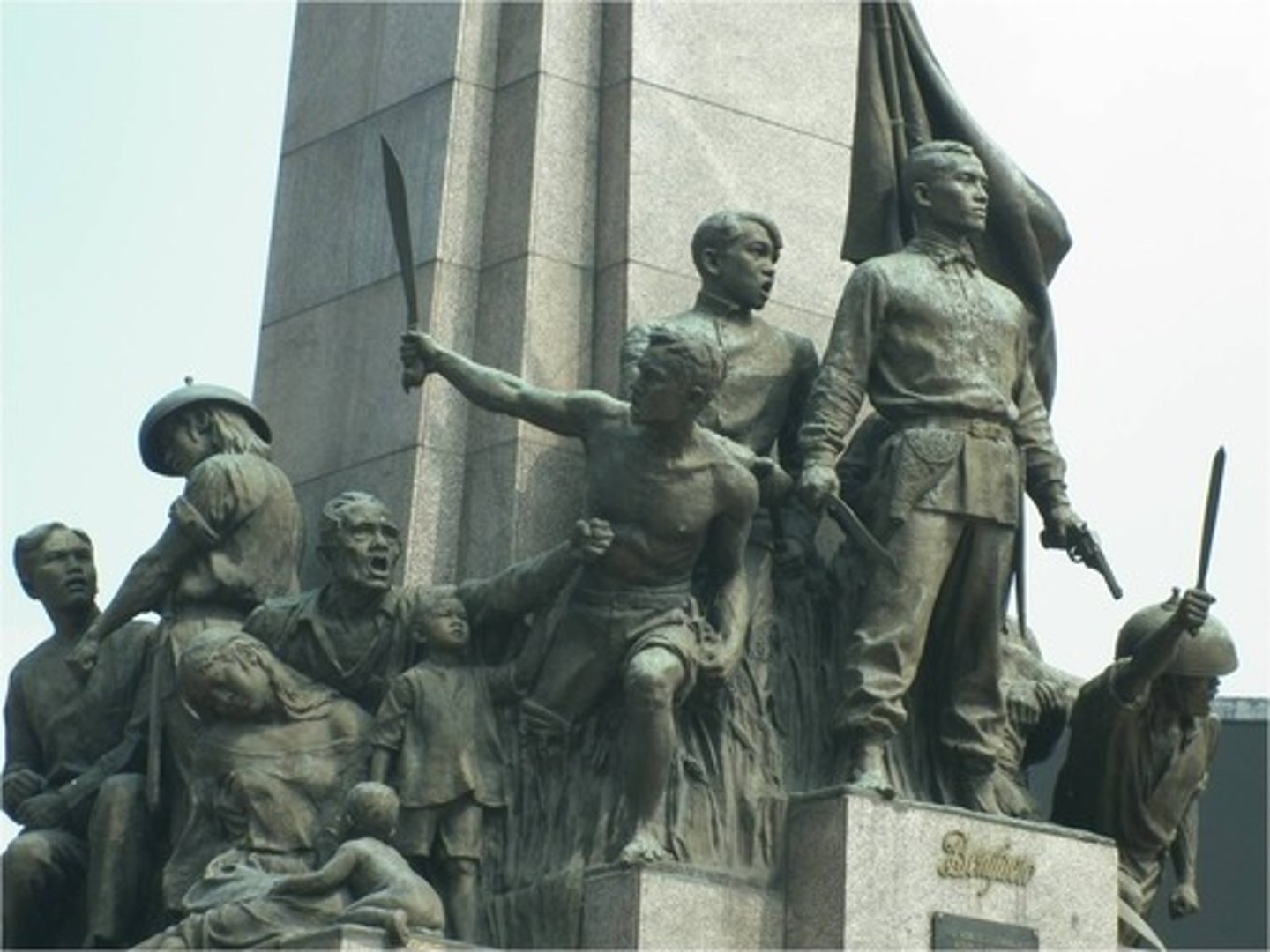
Napoleon Abueva
First modern Filipino sculptor, pupil of Tolentino. Has already utilized almost all kinds of materials with a stylization bordering on the abstract.
Sandugo
The monument, with the bronze statues of Miguel Lopez de Legazpi, Rajah Sikatuna and several other witnesses, was a masterpiece of the Boholano sculptor and National Artist for Sculpture, Napoleon Abueva.
Eduardo Castrillo
Said to be one of Asia's most progressive and original sculptors. He originally started out as jewelry designer now specializes in embossed copper as well as constructed and welded brass.
People Power Monument
A group sculpture commemorating the People Power Revolution of 1986 by Eduardo Castrillo.
Solomon Saprid
Used a blowtorch to weld strips of metal together. He is best known for his Tikbalang series. He also made the GOMBURZA monument in front of Manila Cathedral.
Ramon Orlina
He is the foremost glass sculptor of the Philippines. The first to carve figures out of blocks of glass by using cold method, cutting, grinding, and polishing his works by improvised tools and methods.
Impy Pilapil
Filipino sculptor who worked with various materials, including glass, steel and stone.